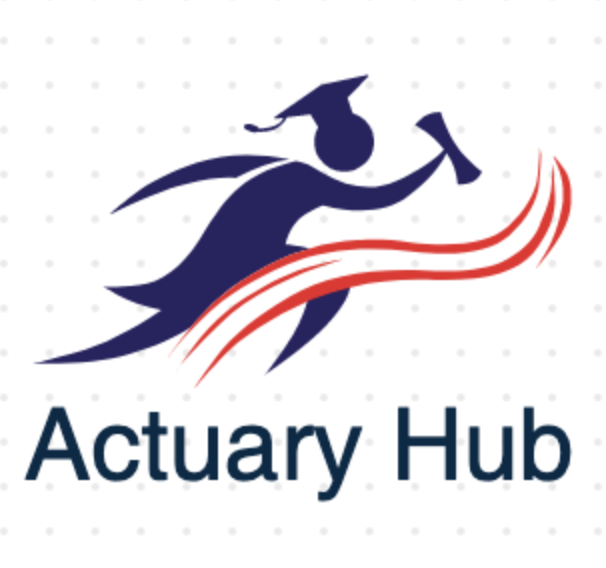The actuarial control cycle is a framework that actuarial professionals use to manage risks and uncertainties related to financial obligations, such as insurance policies, pensions, and other types of liabilities. The cycle is designed to ensure that the financial obligations are appropriately estimated and managed over time, so that the company or organization can meet its obligations to policyholders or beneficiaries.
The purpose of the actuarial control cycle is to provide a structured approach to managing the risks associated with financial obligations, and to ensure that the estimates used in financial reporting are reliable and accurate. The cycle involves a series of processes that are repeated on a regular basis, typically annually or biannually, to ensure that the estimates remain up-to-date and that any changes in the underlying assumptions or risks are appropriately reflected.
The actuarial control cycle typically involves the following processes:
- Data Collection and Analysis: This involves gathering data on policyholder or beneficiary characteristics, claims experience, and other relevant information. The data is analyzed to identify trends and patterns that can be used to inform the estimates of future obligations.
- Assumption Development: Based on the data analysis, actuaries develop assumptions about future trends and risks, such as mortality rates, interest rates, and claim frequency and severity.
- Financial Modeling: Using the assumptions developed in the previous step, actuaries build financial models to estimate the future obligations associated with the financial obligations being analyzed.
- Experience Analysis: This step involves comparing the actual experience of the financial obligations with the estimates made in the previous cycle, and making adjustments to the assumptions or models as necessary.
- Financial Reporting: The results of the actuarial analysis are used to prepare financial statements and disclosures that provide information on the financial obligations and the risks associated with them.
- Monitoring and Control: Finally, the actuarial control cycle includes ongoing monitoring and control processes to ensure that the estimates remain up-to-date and that any changes in assumptions or risks are appropriately reflected in the financial reporting.
By following the actuarial control cycle, companies and organizations can ensure that their financial obligations are appropriately managed and that they are able to meet their obligations to policyholders or beneficiaries.

Comments are closed